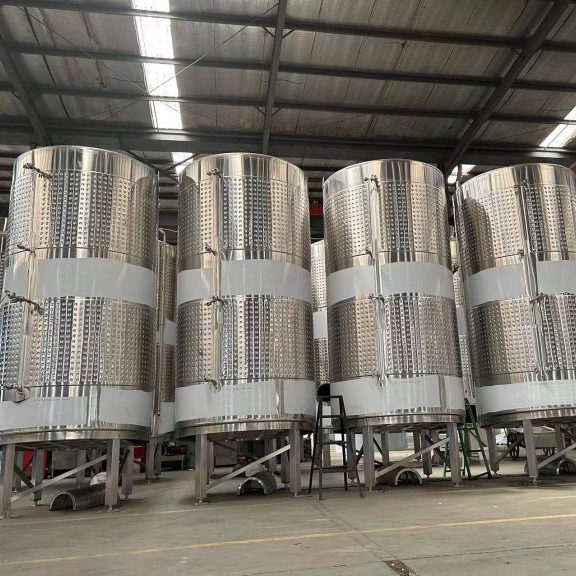
The amount of headspace you leave in a secondary fermenter when making wine is an important consideration to prevent oxidation and spoilage. Typically, you’ll want to aim for a smaller headspace compared to the primary fermenter.
The ideal amount of headspace can vary based on the specific wine and its stage of fermentation. As a general guideline:
1.Minimal Head Space: Try to minimize headspace as much as possible to reduce the exposure of the wine to air. For long-term aging, aim for about an inch or two (2.5 to 5 centimeters) of headspace.
2.Leave Some Space for Off-Gassing: However, leaving a bit of space is often recommended to accommodate any residual fermentation or off-gassing that might occur during the secondary fermentation or aging process. This space allows gases to escape without causing the fermenter to overflow.
3.Using a smaller tank: If you’re transferring the wine to a secondary fermenter for clearing or aging, ensure that the tank size matches the volume of wine to reduce the headspace.
4.Top Up: If there’s excess headspace after racking into the secondary fermenter, consider topping up with a similar wine or a neutral wine (like a similar style or using inert gas) to minimize air contact.
5.Airlock or Bung: Use an airlock or bung to seal the secondary fermenter tightly to prevent excessive oxygen exposure.
Remember, minimizing headspace helps prevent oxidation, which can negatively impact the quality of the wine. Adjustments might be needed based on the type of wine, its stage of fermentation, and the recommendations specific to your recipe or kit.



